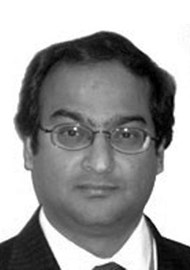Septal reconstruction is a challenging problem and is undertaken for functional or cosmetic reasons, or a combination of both. Either autologous cartilage, commonly auricular, or other alloplastic material can be used. The authors describe the use of a Polydioxanone (PDS) plate for this purpose. The authors discuss extracorporeal septoplasty, indications and technique. Similarly they next discuss endonasal and then partial extracorporeal endonasal septoplasty. A very useful discussion on the indications and technique is provided. It is clear and succinct with excellent accompanying photographs. Similar sections are then provided on columellar struts, extension grafts and septal perforation repair. The final discussion is mainly on the useful applications of the PDS plate. There is some good background on the animal experiments that confirm the histoconductive effects. The authors conclude that the PDS plate is a valuable addition in difficult septal surgery. The article is of value for the seasoned nasal surgeon as well as others. This is a very well written and lucid paper, most surgeons will be able to pick some ‘tips’ and add a valuable technique to the armamentarium in correcting a difficult problem.




